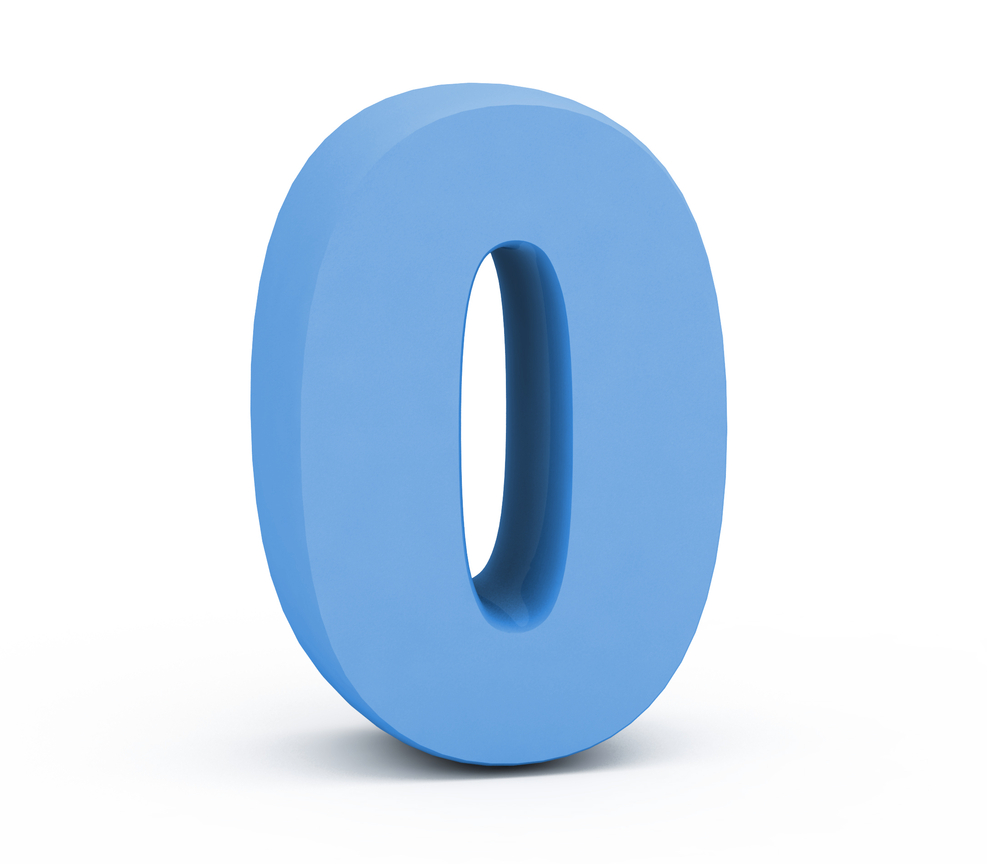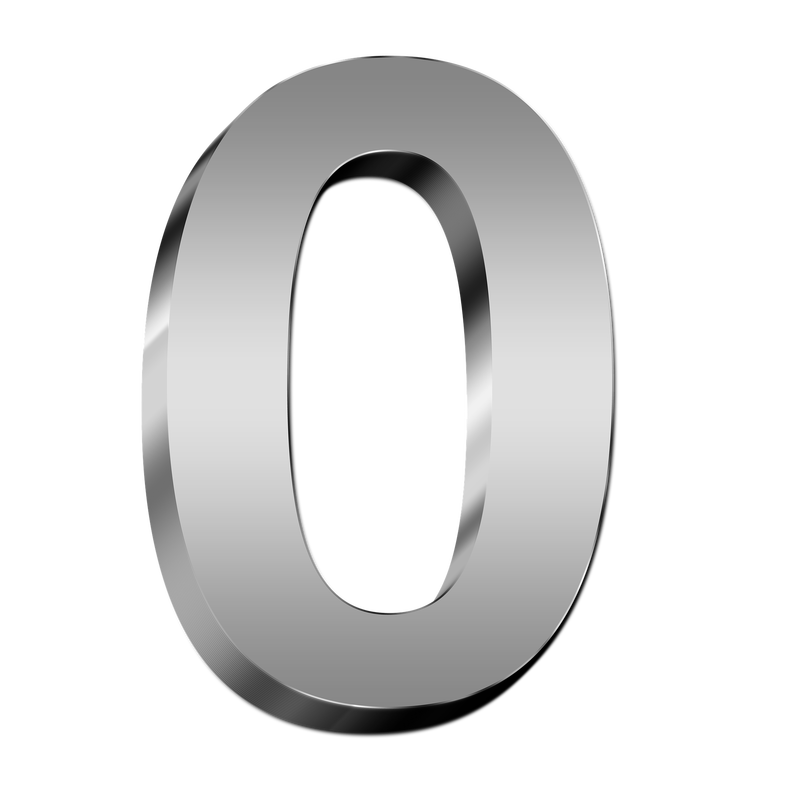Unveiling Zero: Vanessa's Deep Dive Into The Concept Of Nothingness
Have you ever truly paused to consider the profound significance of "zero"? It might seem like a simple digit, an empty space, or merely the absence of quantity. Yet, the concept of zero, often explored in what we might call "zero vanessa" – a journey into understanding this foundational element – is far more intricate and revolutionary than most people imagine. It’s a number that has shaped mathematics, science, and even our philosophical understanding of the universe.
This article embarks on an exploration of zero, moving beyond its basic definition to uncover its historical journey, its pivotal role in mathematics, and its surprising properties. We’ll delve into why something representing "nothing" became one of humanity's most powerful inventions, a concept so abstract yet so essential that our modern world simply wouldn't function without it. Prepare to have your perceptions of this humble digit transformed.
Table of Contents
- The Fundamental Nature of Zero: More Than Just Nothing
- Zero in Mathematics: A Pillar of Modern Numeracy
- The Historical Journey of Zero: A Revolutionary Invention
- Understanding Zero: Practical Applications and Common Misconceptions
- Zero's Evenness: A Surprising Mathematical Truth
- Why Was Zero So Hard to Grasp? The Philosophical Challenge
- The Profound Impact of Zero on Our World
- Zero Vanessa: Embracing the Emptiness for Greater Understanding
The Fundamental Nature of Zero: More Than Just Nothing
At its core, 0 (zero) is a number representing an empty quantity. It’s the arithmetical symbol 0, or its conceptual equivalent, denoting the absence of all magnitude or quantity. This seemingly simple definition belies its profound implications. When we say something has a value of zero, we are not just saying it’s small; we are saying it is entirely absent. For instance, if the number of your brothers is zero, that means the same thing as having no brothers at all. Similarly, if something has a weight of zero, it has no weight whatsoever.
- Jordan 12 Flu Game Restock
- Andy Great British Bake Off
- Nick Daschel
- Brandyandbilly Onlyfans Leak
- Creamy Ebony Bbw
Zero as a Quantity: Null Size and Absence
Zero is an integer which quantifies a count or an amount of null size. It signifies a state of non-existence for a given quantity. In mathematics, zero in math is the number that represents no amount or objects. This concept of "null size" is crucial. It’s not just an approximation of emptiness; it *is* emptiness, precisely quantified. Imagine a basket with zero apples; it means there are no apples in the basket, not even a tiny fraction of one. This precision in representing nothingness is what gives zero its power and utility.
The meaning of zero is the arithmetical symbol 0 or its conceptual equivalent, denoting the absence of all magnitude or quantity. This makes it unique among numbers. While other numbers represent a specific amount of something, zero represents the complete lack of it. It’s the whole number between minus 1 and 1, with the symbol 0 showing that there is no amount. This position on the number line is critical for its function, serving as the origin point from which all other numbers extend, both positive and negative.
The Additive Identity: Zero's Unique Role
One of the most fundamental properties of zero in mathematics is its role as the additive identity. In mathematical terminology, 0 is the additive identity. What does this mean? Simply put, adding (or subtracting) 0 to any number leaves that number unchanged. If you have five apples and add zero more, you still have five apples. This property might seem obvious now, but it's a cornerstone of arithmetic and algebra. It allows us to manipulate equations, move terms around, and maintain balance without altering the underlying values. Without an additive identity, many mathematical operations we take for granted would be impossible or incredibly cumbersome.
Zero in Mathematics: A Pillar of Modern Numeracy
The journey of zero from a mere placeholder to a fundamental pillar of mathematics is a testament to its indispensable nature. Its integration into various numerical systems revolutionized calculations and opened doors to advanced mathematical concepts that were previously unimaginable. The concept of zero, as explored in our "zero vanessa" journey, highlights how a seemingly simple idea can have monumental consequences.
Placeholder to Powerhouse: Zero's Evolution
Initially, zero functioned as a mere placeholder—a way to tell 1 from 10 from 100, to give an example using Arabic numerals. Before the widespread adoption of zero as a placeholder, distinguishing between numbers like 1, 10, and 100 was challenging without context or additional symbols. Imagine trying to write "one hundred and five" without a zero to hold the tens place – it would look like "one five" (15) or require complex word descriptions. The placeholder function was a monumental leap, enabling positional notation systems that are the bedrock of modern arithmetic. This early function was crucial, but as some experts suggest, that's not a full zero. A "full zero" implies a number that can be operated on, not just a symbol indicating an empty position. The evolution from a placeholder to a fully operational number, capable of being added, subtracted, multiplied, and even divided (with caveats), transformed it into a mathematical powerhouse.
Zero on the Number Line: Neither Positive Nor Negative
Zero occupies a unique position on the number line. It is neither negative nor positive. It serves as the dividing point, the origin from which positive numbers extend in one direction and negative numbers in the other. This characteristic is vital for understanding concepts like temperature scales, where zero degrees Celsius represents a specific point, but temperatures can go both above and below it. On a set of numbers for comparing temperature in degrees Celsius, zero acts as the reference point, distinguishing between freezing and above-freezing conditions, or between hot and cold in a broader sense. This neutrality makes zero an essential reference point in countless applications, from physics to finance.
The Historical Journey of Zero: A Revolutionary Invention
The idea of zero, though natural to us now, was not natural to early humans. In fact, the origins of the zero are fascinating, as it was invented three times in the history of mathematics, independently in different civilizations. The Babylonians, the Maya, and the Hindus all invented a symbol to represent a concept akin to zero, primarily as a placeholder. This independent discovery across diverse cultures underscores the inherent need for such a concept as numerical systems evolved.
The Babylonian system, dating back to around 300 BC, used a double wedge symbol as a placeholder in their base-60 system. However, it wasn't used at the end of a number, meaning they couldn't distinguish between, say, 1 and 60. The Maya civilization, around 36 BC, developed a sophisticated vigesimal (base-20) number system that included a symbol for zero, often depicted as a shell. This zero was crucial for their complex calendar calculations. However, it was the Indian mathematicians, particularly Brahmagupta in the 7th century AD, who truly formalized zero as a number with its own properties, defining rules for operations involving it. This "full zero" allowed for the development of the decimal system we use today, profoundly impacting global mathematics and commerce.
Understanding Zero: Practical Applications and Common Misconceptions
To truly grasp the essence of zero, one must understand how to use zero in a sentence, not just grammatically, but conceptually. It's about recognizing its presence (or absence) in everyday contexts. From financial statements where a balance of zero means neither profit nor loss, to computer science where binary code relies on 0s and 1s, zero is ubiquitous. It’s the number that quantifies a count or an amount of null size. That is, if the number of your brothers is zero, that means the same thing as having no brothers, and if something has a weight of zero, it has no weight. This intuitive understanding is crucial for practical application.
A common misconception is viewing zero as "nothing" in a way that implies insignificance. On the contrary, zero is profoundly significant. It allows us to differentiate between scales of magnitude (1, 10, 100), to balance equations, and to define origins in coordinate systems. Without it, our numerical system would crumble. For a complete understanding, one might need to check out a complete guide to the number 0 to understand how it works in math, delving into its properties in multiplication, division, and its role in advanced calculus.
Zero's Evenness: A Surprising Mathematical Truth
One intriguing property of zero that often sparks debate is its parity. Zero is neither negative nor positive, but it is an even number. This can be counter-intuitive for some, as "even" is often associated with positive numbers like 2, 4, 6. However, the definition of an even number is an integer that is divisible by 2 with no remainder. Since 0 divided by 2 equals 0, with no remainder, zero perfectly fits this definition. Furthermore, even numbers typically alternate with odd numbers (..., -3, -2, -1, 0, 1, 2, 3, ...). If zero were odd, this pattern would break. Its evenness is a consistent and logical conclusion within the framework of number theory, despite initial appearances.
Why Was Zero So Hard to Grasp? The Philosophical Challenge
The idea of zero, though natural to us now, was not natural to early humans. For millennia, many cultures struggled with or completely lacked a concept for zero. Why? Part of the challenge lies in its abstract nature. If there is nothing to count, how can we count it? Early humans were primarily concerned with tangible quantities – how many animals, how many days, how many tools. Representing an absence, a void, was philosophically challenging. It required a shift from counting what *is* to acknowledging what *is not*.
Many ancient civilizations, including the Romans and Greeks, had highly sophisticated mathematical systems but no true concept of zero as a number. Their systems were primarily additive (like Roman numerals, where M is 1000, C is 100, etc.), and a placeholder wasn't strictly necessary. The philosophical implications of "nothingness" also posed challenges. In some cultures, the void was seen as chaotic or divine, making it difficult to quantify or integrate into a structured numerical system. It took immense intellectual leaps and cultural shifts for zero to be fully embraced, transitioning from a mere conceptual void to a powerful, operational number.
The Profound Impact of Zero on Our World
The impact of zero on human civilization is immeasurable. Its invention and widespread adoption paved the way for the development of calculus, advanced physics, engineering, and computer science. Without zero, positional notation would be impossible, making large-number arithmetic cumbersome and complex. Scientific advancements, from calculating planetary orbits to understanding quantum mechanics, rely heavily on the precise and versatile nature of zero.
In finance, zero represents balance, debt, and profit margins. In technology, binary code (0s and 1s) is the language of all digital devices. In everyday life, zero helps us understand temperature, altitude (sea level), and the starting point of countless measurements. It's the silent hero behind much of our modern infrastructure and intellectual progress. Its ability to represent "nothing" in a quantifiable way allows us to measure, compare, and build upon a foundation of absolute absence, leading to infinite possibilities.
Zero Vanessa: Embracing the Emptiness for Greater Understanding
Our journey through "zero vanessa" has been an exploration not of a person, but of a concept so fundamental yet so often overlooked: the number zero. We've seen that 0 (zero) is a number representing an empty quantity, yet its significance is anything but empty. From its humble beginnings as a mere placeholder to its elevated status as the additive identity and a cornerstone of modern mathematics, zero has continually redefined our understanding of numbers and the universe.
It's a number that is neither negative nor positive, yet it is an even number, holding a unique position on the number line. The historical struggles to grasp this abstract idea highlight its profound philosophical implications. As we conclude this deep dive, remember that zero is far more than just "nothing." It is the precise quantification of absence, a powerful tool that enables complex calculations, advanced technologies, and a deeper understanding of the world around us. So, the next time you encounter a zero, pause and appreciate the immense power and history contained within that seemingly simple symbol. What other hidden depths do you think zero holds? Share your thoughts in the comments below!

Who Invented Zero? | Live Science

The Significance of Zero: Understanding the Concept of Zero as a Number

The myth of zero - AEGLEIO